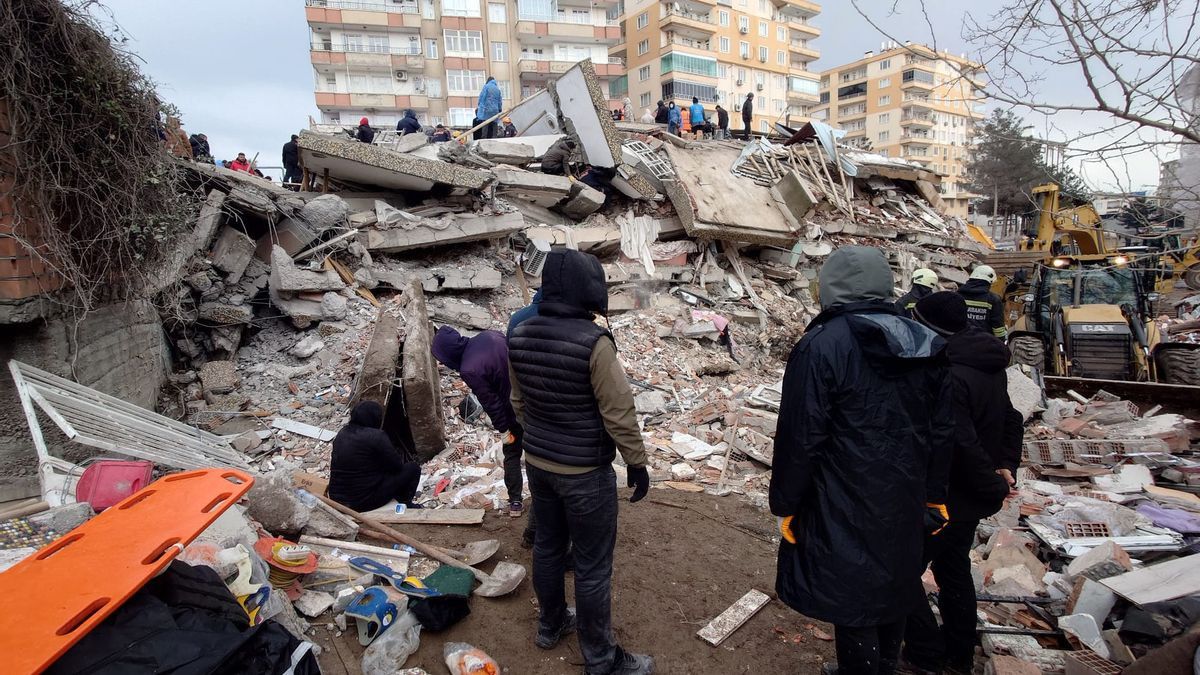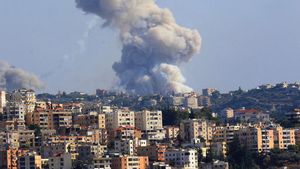JAKARTA - More than 4 thousand people died as a result of strong earthquakes in Turkey and Syria. An analysis arose as to why the M 7.8 magnitude earthquake could have resulted in severe destruction.
Reporting from Channel News Asia, time, location, the relatively quiet fault line and weak building construction are a deadly combination.
An earthquake measuring 7.8 on the Richter scale collapsed all apartment blocks in Turkish cities and piled up more destruction to millions of Syrians displaced by years of war. It happened before sunrise in bad weather, followed by another major earthquake in the afternoon.
Turkish President Recep Tayyip Erdogan called the earthquake the worst historic and earthquake disaster that has hit the country since 1939, but said authorities were doing all they could.
The earthquake occurred at around 4.17 local time. This means that many people are still sleeping.
"They were trapped when their house collapsed," said Roger Musson, honorary researcher at the British Geological Survey.
Construction of buildings is also not really adequate for areas prone to large earthquakes, said the author of The Million Death Quake.
This may be partly due to the fact that the fault line where the earthquake occurred recently was relatively calm. Turkey was indeed in one of the most active earthquake zones in the world. An earthquake along the fault line of North Anatolia in the northern Turkish region of Duzce killed more than 17,000 people in 1999.
The English, Chinese, Japanese, Arabic, and French versions are automatically generated by the AI. So there may still be inaccuracies in translating, please always see Indonesian as our main language. (system supported by DigitalSiber.id)













